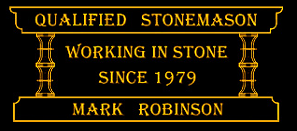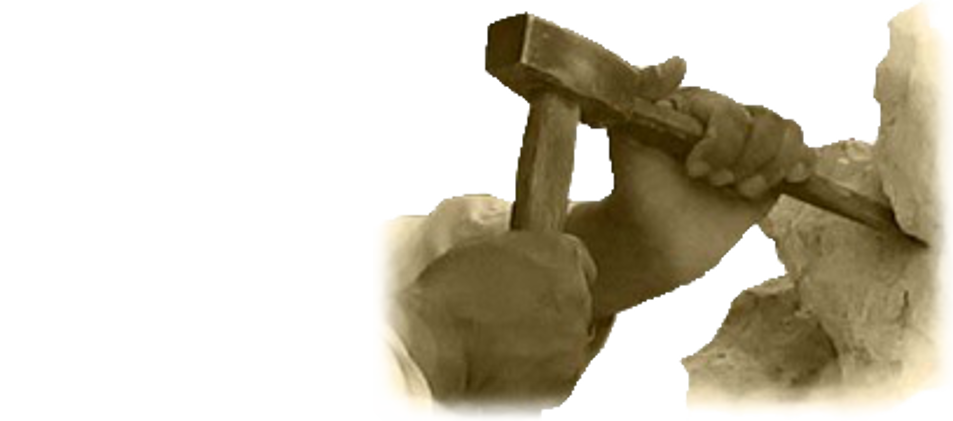Altries ~ Hooe, Plymouth.
Client : Private.

Altries is situated in Hooe, Plymouth. The name ‘Altrie’ itself could potentially have a meaning related to ‘old’ or ‘ancient’, as the name ‘Alter’ has an etymology related to ‘old’ in various languages and Hooe itself is an ancient settlement. We were called in to to Altries to finish off some stonework where the original stonemason who had been carrying out the work, unfortunately, had to retire due to ill health and could no longer finish off what he had set out to do. And a fine job he was doing too. One of the first things we had to do was to build a pier on the end of an existing block wall going into the property.

The original slate name plaque was fixed to the new pier.
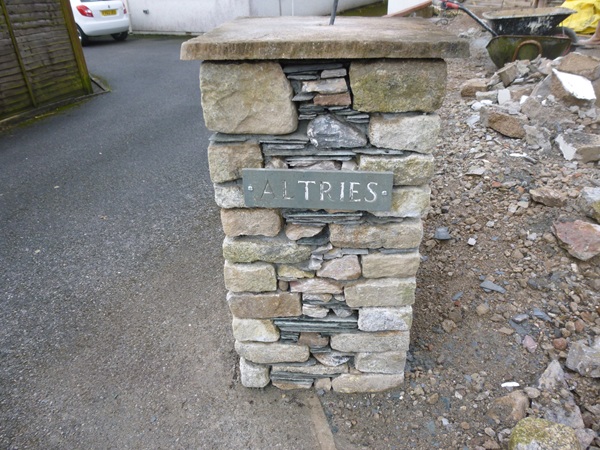
Also an electric armoured cable was built in to feed a light that was going to go on top of the pier.
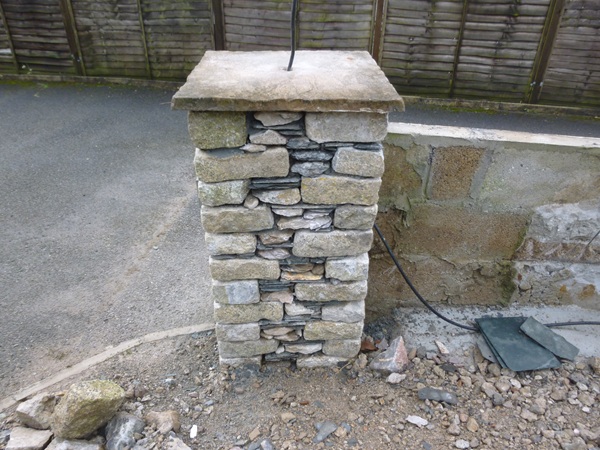
The road side of this block wall was already rendered and painted but the garden side was left as plain blockwork. This was faced with new stonework.
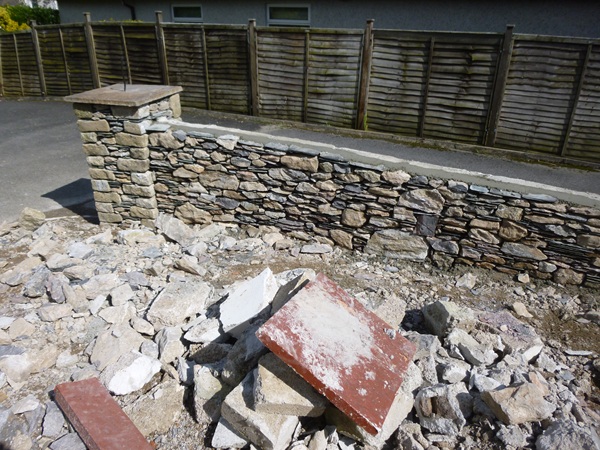
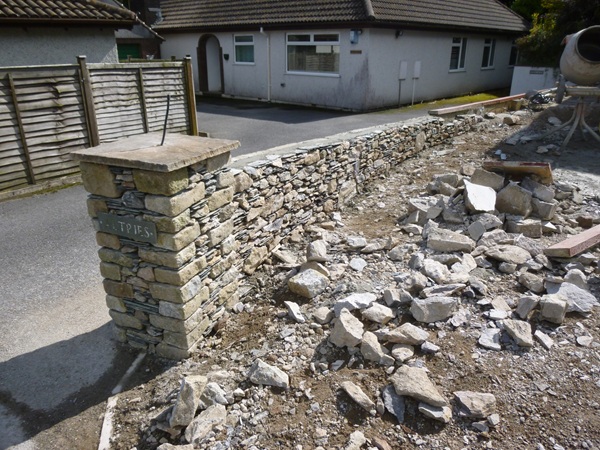
Once this had been built, we laid a coping consisting of a ‘Weathered York’ cast riven paving slab.
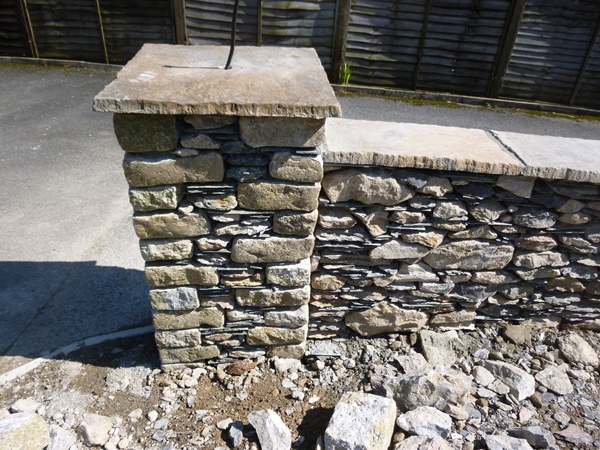
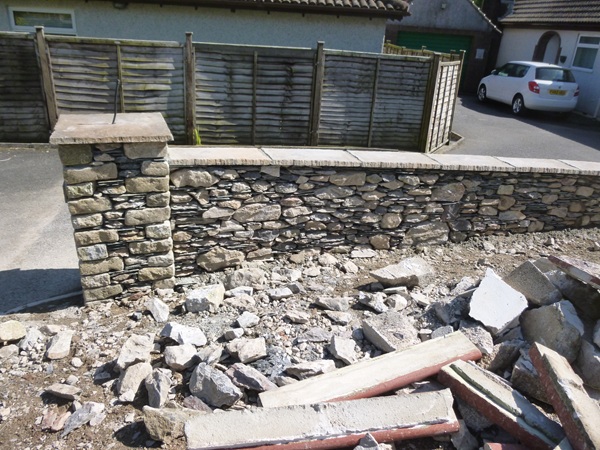
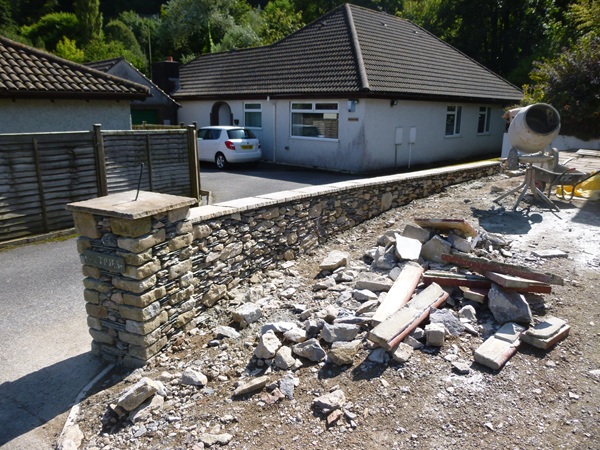
The road side of the wall was made good underneath the copings and also a few cracks were repaired so the wall could be re-painted.
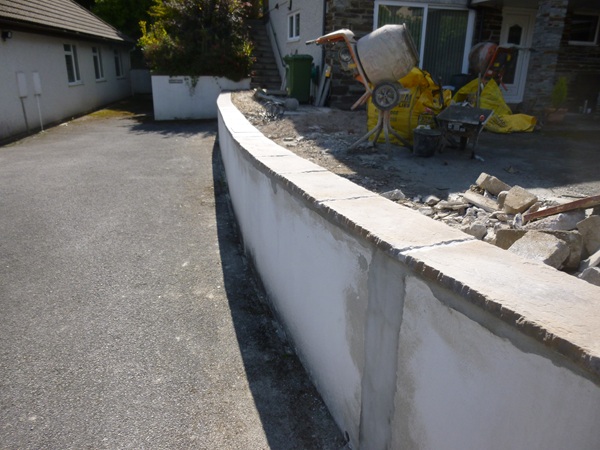
Our next task was to finish off a set of steps. But before we could start the steps we had to build a section of wall with an arched recess.
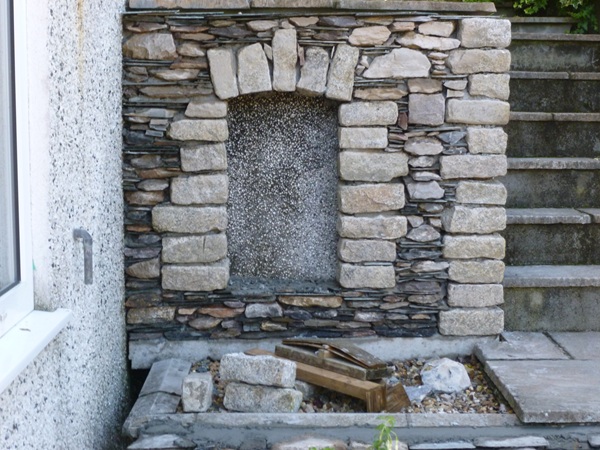
And this had to mirror the same style as the wall on the opposite side of the steps which had already been built by the previous stonemason.

After this we faced up the sides of the lower steps in new stonework.
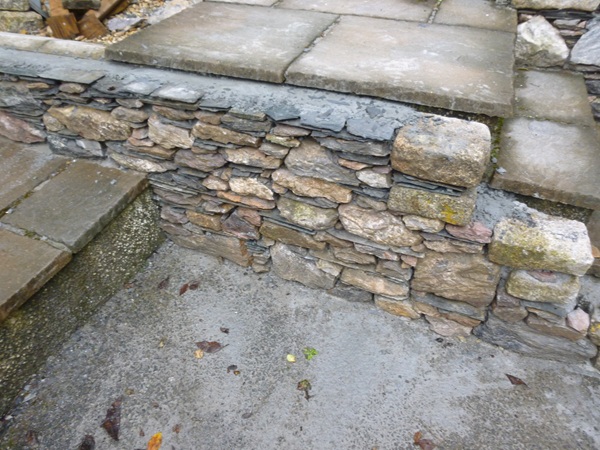
And then finished off the paving to the steps.

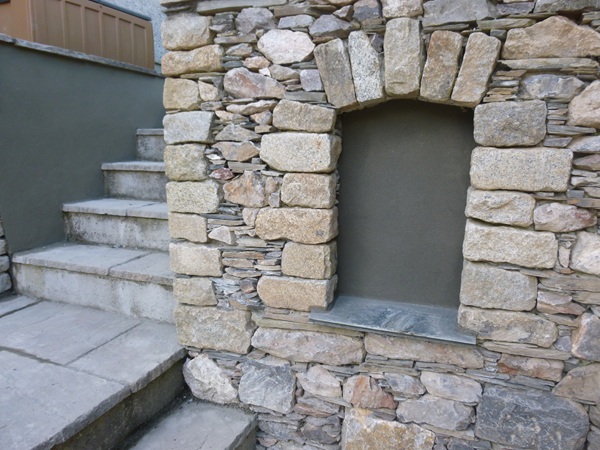
This was carried out using the ‘Weathered York’ paving. The backs of the niches were rendered and also the sides going up the steps. We also put in slate sills to the niches.
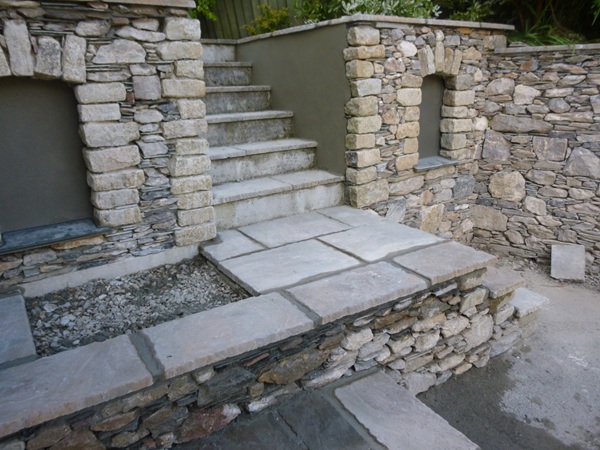
New copings were also laid to other sections of wall that had previously been built.
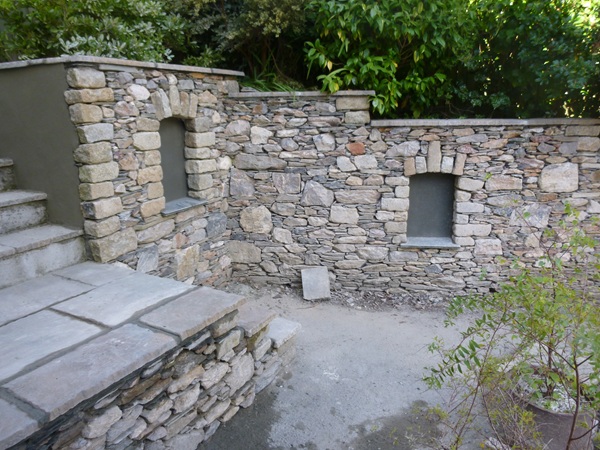
Finally everything was given a good clean down.
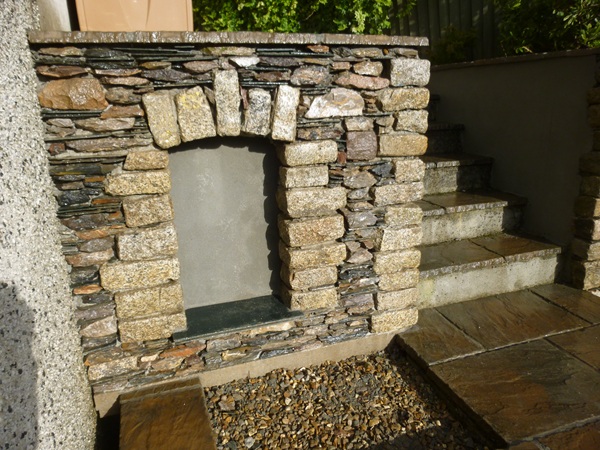
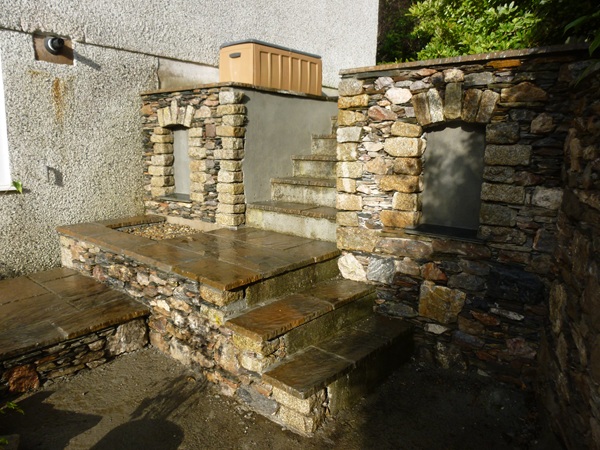
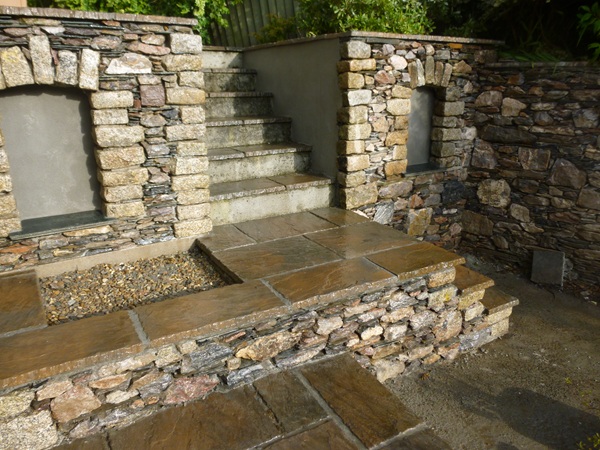
The stone we used for this was mostly reclaimed Plymouth limestone with small amounts of natural slate. The quoins used for the corners and arches were small reclaimed granite setts.
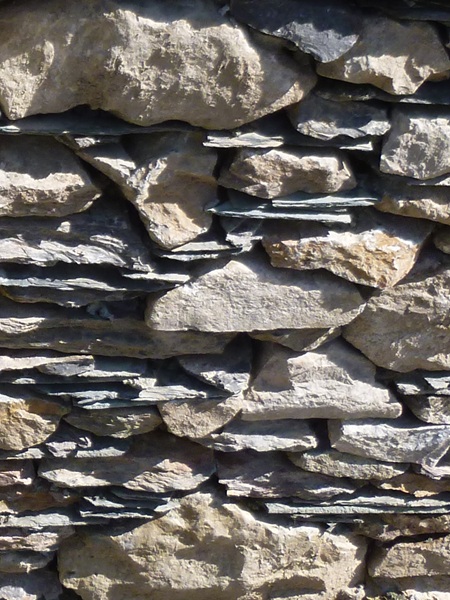
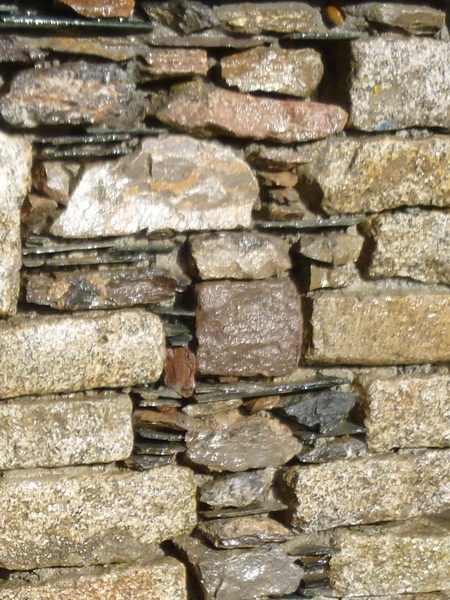
All the stonework was built using a traditional lime mortar.

